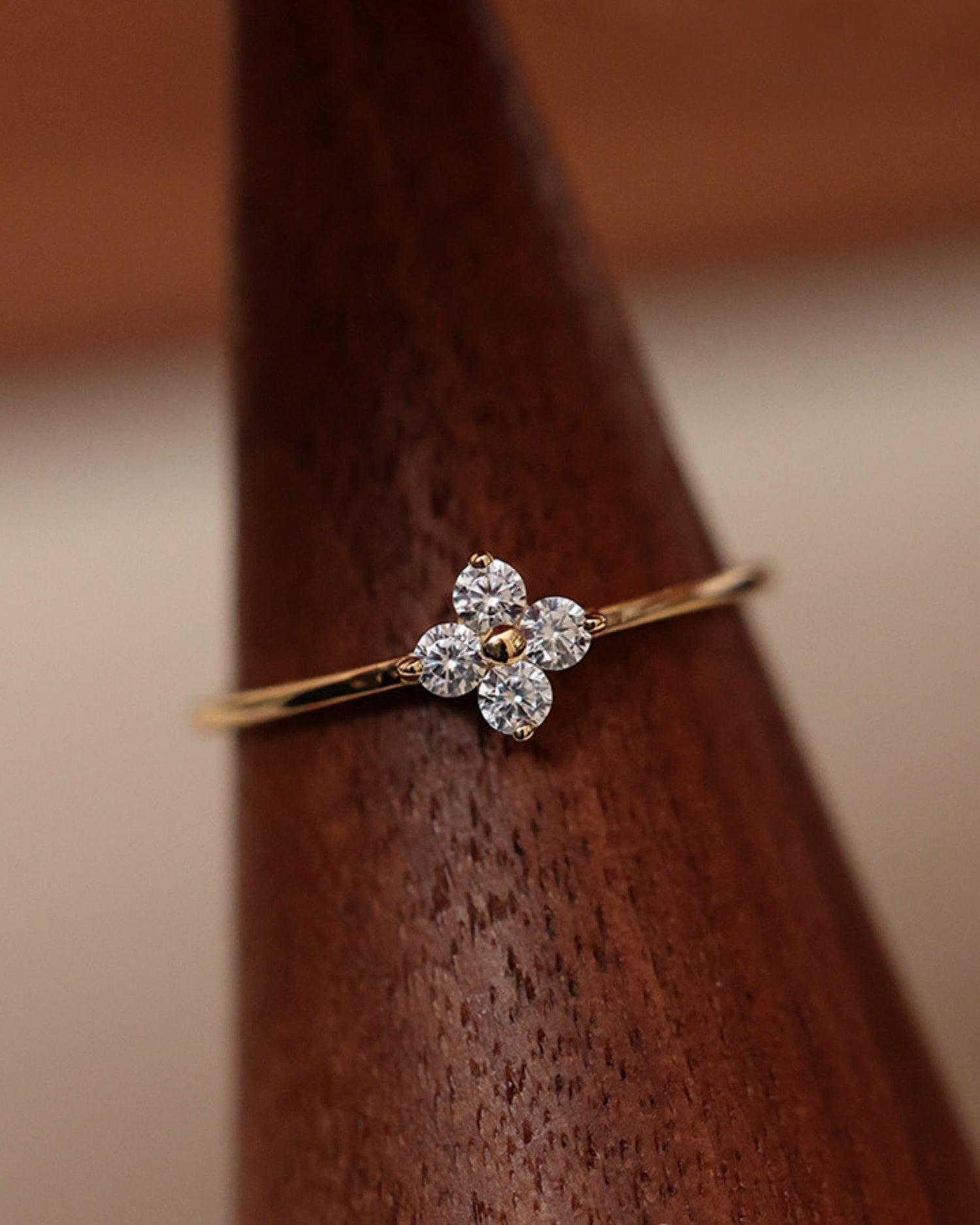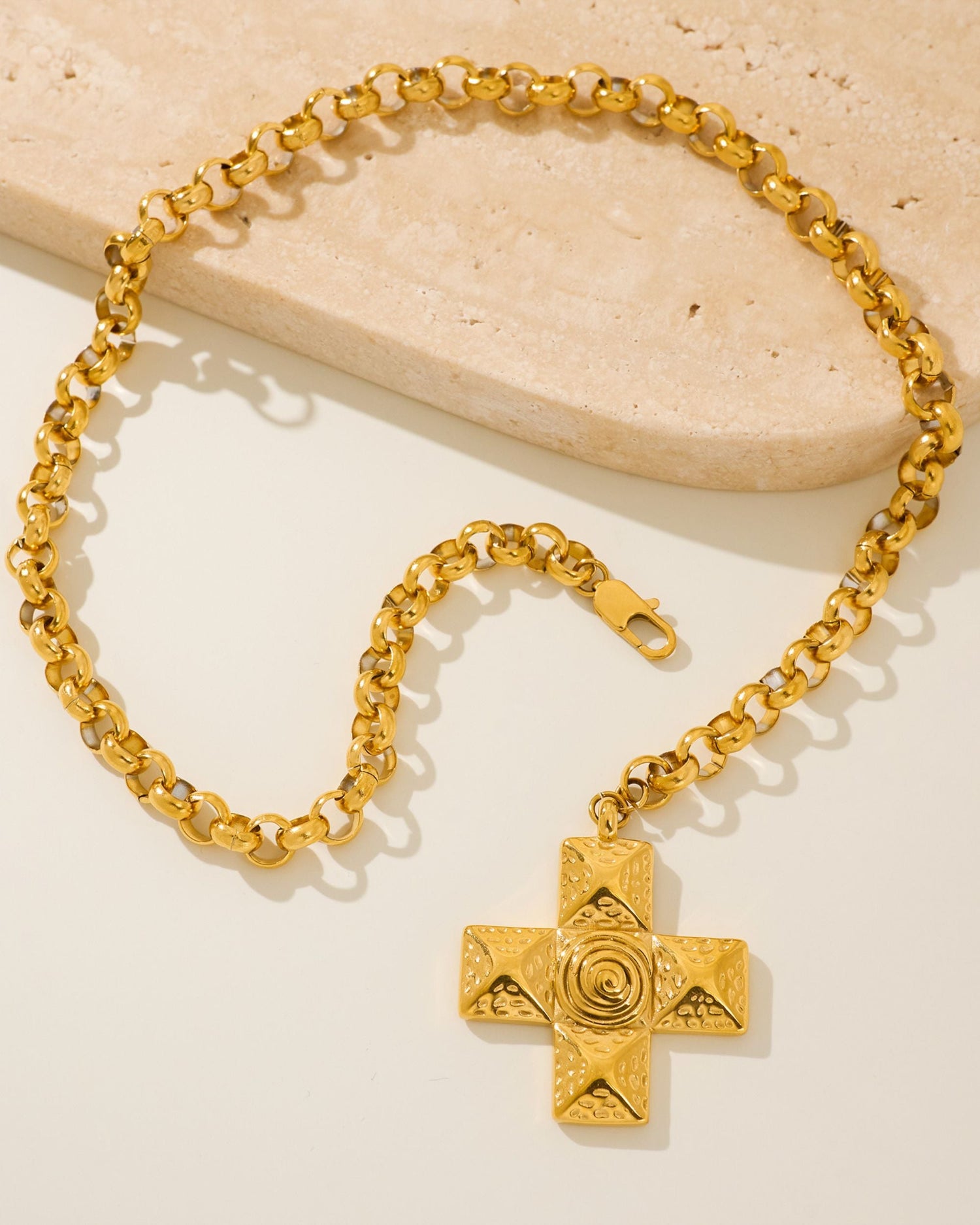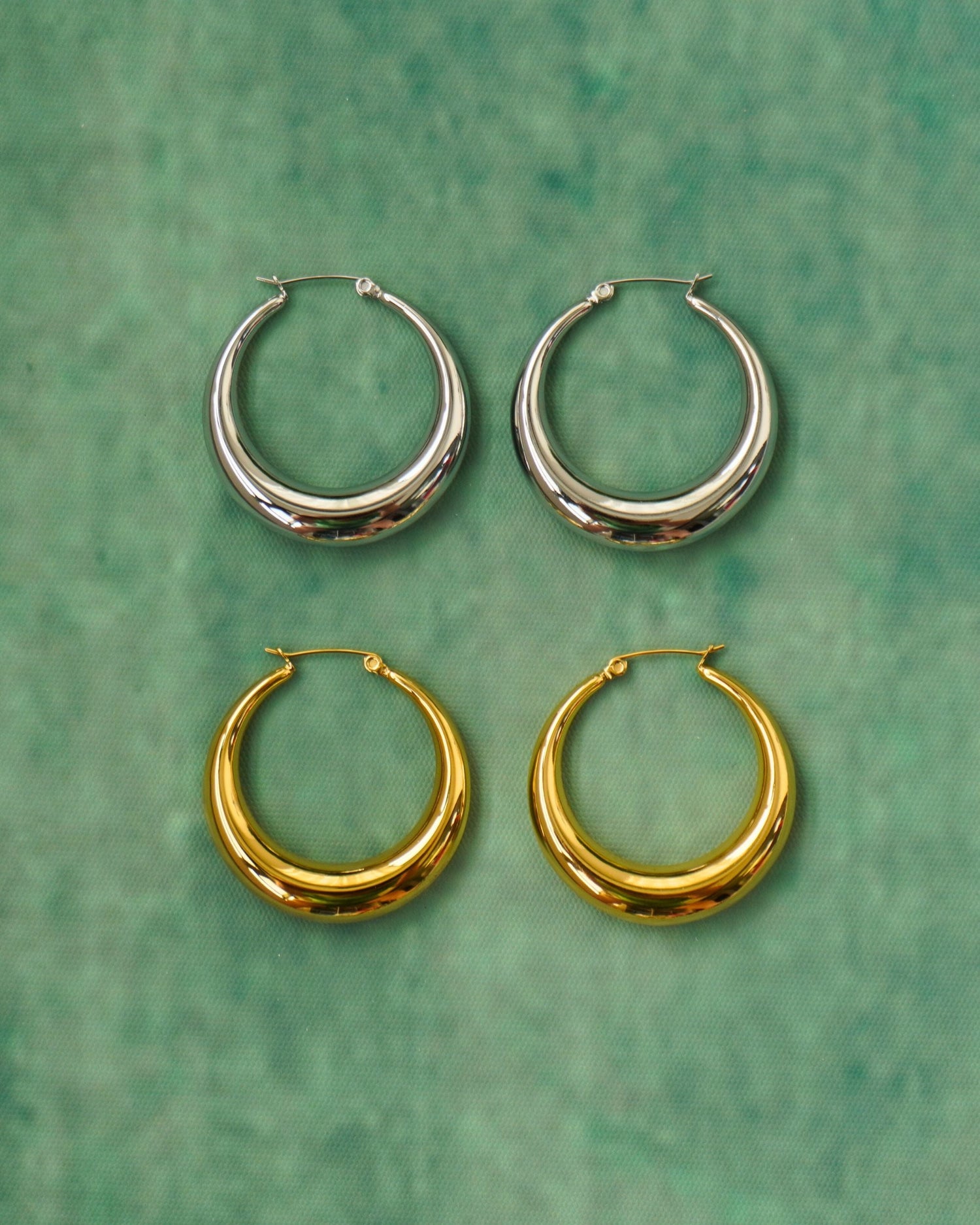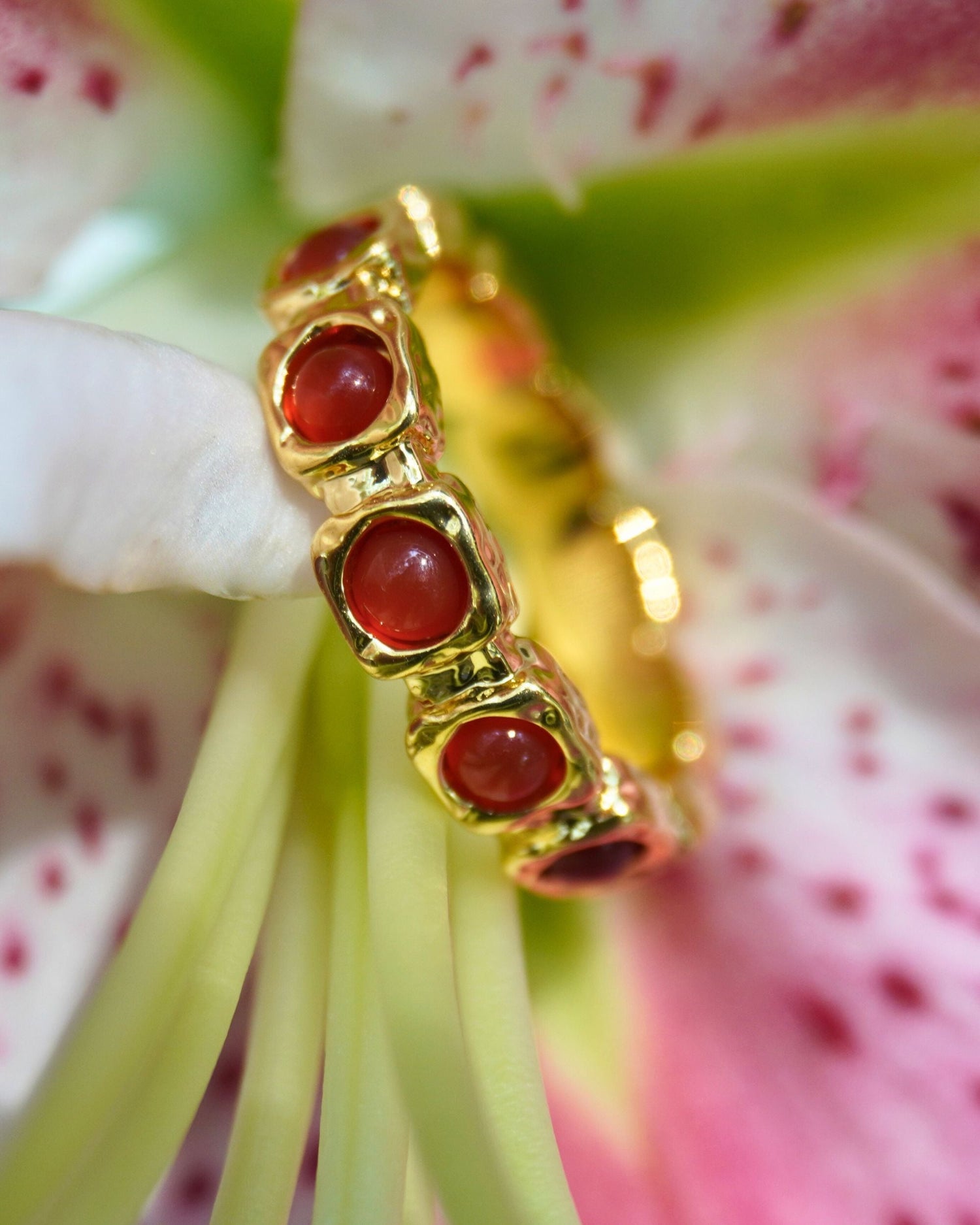What Does a Four-Leaf Clover Mean? More Than Just Luck!
We’ve all heard it: find a four-leaf clover, and you’ve found good luck. It’s a charming idea, right? But have you ever stopped to wonder why this little green plant holds so much power? It turns out, the meaning of the four-leaf clover is a fascinating story that goes much deeper than a simple lucky charm.
Let’s dive into the history and symbolism behind this famous leaf.
A Rare Find: Where the Magic Begins
First things first, the magic starts with rarity. Your average clover plant is a three-leafed one, and for every 10,000 of those, you might—if you’re patient and have a sharp eye—find one with four leaves. This natural genetic quirk is what made the four-leaf clover so special to begin with. When you find something that’s one in ten thousand, it feels like the universe is winking at you.
This sense of discovering something extraordinary is at the heart of its appeal. It’s not just about luck; it’s about the joy of the hunt and the thrill of a happy accident.
A Leaf with a Past: Celtic Roots and Christian Traditions
The story of the four-leaf clover goes way back. The Druids in ancient Celtic Ireland are thought to be among the first to prize them. They believed that carrying a four-leaf clover could help you see fairies and ward off evil spirits. It was a kind of natural magic, a talisman of protection from the unseen world.
Later, when Christianity spread through Ireland, the clover took on new meaning. St. Patrick famously used the three-leaf shamrock to explain the concept of the Holy Trinity. The rare four-leaf clover was then seen as a symbol of God’s grace—a little extra blessing that made the finder especially fortunate.
So, What Do the Four Leaves Stand For?
This is the part most people remember. Each leaf is assigned a meaning, creating a beautiful little package of good wishes:

- The first leaf is for Hope.
- The second leaf is for Faith.
- The third leaf is for Love.
- And the rare fourth leaf? That’s for Luck.
Together, they represent a perfect balance of the things that make life meaningful. It’s not just about random chance; it’s a symbol for the foundational pillars of a happy life.
The Four-Leaf Clover in Modern Culture
The popularity of the four-leaf clover soared in the 20th century. It became a common good-luck token for soldiers going off to war. It was also heavily commercialized on greeting cards, in jewelry, and of course, as a central symbol of St. Patrick’s Day around the world.
Today, it’s a universally recognized emblem of positivity. Whether it’s tucked into a wallet, printed on a card, or simply spotted on a walk, the four-leaf clover serves as a little reminder to stay hopeful and open to life’s happy surprises.
So, the next time you’re walking through a patch of clover, maybe you’ll take an extra moment to look down. Finding a four-leaf clover isn't just about getting lucky. It’s about connecting to a rich history and carrying a small, green token of hope, faith, love, and yes, a little bit of magic.









